The insurrection at the U.S. Capitol building was a broadcasted collapse of U.S. government security. In the act of terror, physical and operational security policies failed to protect a federal facility. This attack, however, was not a surprise. On January 5th, the FBI shared intelligence with the U.S. Capitol Police of the upcoming threat with the following instructions, “to not take action based on this raw reporting without prior coordination with the FBI.” The breach led to a spread of misinformation and miscommunication undermine public confidence in the U.S. Capitol’s fortitude before the January 20th inauguration. Nearly two months later, Congress aims to create a commission to investigate what happened on January 6th, how to prevent it from happening again, and how to clear up any misinformation related to the insurrection.
In an effort to prevent political passions from interfering with the investigation, many members of Congress are pushing to form a bipartisan commission. Such a commission has recent precedent. After the September 11th attacks, the bipartisan 9/11 Commission was formed to investigate the details of those events. Both Republicans and Democrats alike agree that the 9/11 Commission was largely successful because of its bipartisanship, and its measured recommendations such as the creation of the Office of the Director of National Intelligence, and what became The Homeland Security Act. However, there are some disagreements between the parties about the creation of a bipartisan commission to investigate the insurrection. These disagreements center around the focus and scope of the commission, specifically related to the overall topic of political violence, President Donald Trump’s involvement, and the roles of misinformation and disinformation. In the coming days and weeks, while Congress plans the scope of the January 6th Commission, they are seeking input from those who served on the 9/11 commission. The January 6th commission will have the opportunity to: 1) ensure that the appropriate people are held accountable for the event and 2) to develop administrative policies to mitigate and manage publicized domestic threats.
Media outlets provided a rapid response to the shocking question spectators had during the days following the insurrection: “How could the U.S. Capitol be breached?” A high volume of media was published to intentionally sow doubt in our national security by sensationalizing the event. It has been reported by many news outlets and security experts that due to the shortage of Capitol Police officers to secure the building, there was a clear operational security failure. The role of a security officer is indeed an integral element of operational security. But, the media’s coverage of the operational security failures during the insurrection depreciates the importance of operational measures working in unison with physical measures. For example, the White House is protected by operational security measures (highly resourced secret servicemen and surveillance systems), and physical security measures (fencing and bollards). Social media platforms provided unfiltered access to public commentary on the insurrection and the delay in official details resulted in media broadcasting raw accounts of how civilian aggressors breached the U.S. Capitol. Viewing the live-streamed aggressor’s point of view would make one believe that minimally armed civilians were able to breach the U.S. Capitol without being organized. The January 6th commission must be an organized effort to reveal the truth about vulnerabilities in the U.S. Capitol defense strategy.
Interagency policies are used to share the responsibility of protecting federal facilities against acts of terror across 64 federal agencies. The Interagency Security Committee (ISC) was formed to develop integrated policies for protecting non-military federal facilities as a response to the Oklahoma City Bombings in 1995. The integrated policies are used to implement strategies to detect, delay, and deter any potential threats or aggressors from a facility. Despite those efforts, gaps still exist, and on January 6th, the aggressors identified and exploited vulnerabilities in the U.S. Capitol’s current security strategy. The U.S. Capitol was designed to be an open space for visitors rather than a fortress closed off to the public. To protect against a forced entry attack, procedures called for the use of barricades and intrusion detection systems that create a standoff distance between the facility and aggressors. If the aggressors breach the barricades, there is a set amount of time before the aggressor can enter the facility. During this available timeframe, security personnel has the ability to initiate countermeasures such as locking down access points or alerting recruitment forces. On January 6th, why did the automatic lockdown system allow the aggressors in? On January 6th, why did it take so long for the national guard to get approval from the Pentagon? The American public deserves a January 6th commission that answers these questions publicly and improves administrative policies which dictate the development of classified security measures.
The Closed-Circuit Television (CCTV) system is a security measure that serves as a first line of defense in detecting and deterring threats in real-time. On January 6th, the CCTV system monitoring staff was able to detect the aggressors before entry, as were the thousands of people viewing the insurgency on social media. The footage collected by the system is also used to aid the Department of Justice’s investigation to prosecute the aggressors involved. The CCTV system is both an operational and physical security measure. The Capitol Police operating the Capitol’s CCTV system must perceive the aggressors as threats and rapidly respond before the building is breached. The physical presence of CCTV systems must be respected by aggressors who understand that if they are recorded entering the building unlawfully, they will be prosecuted. It is undeniable that further policy, tools, and strategies should be utilized for the protection of such an accessible federal facility.
The CCTV footage and social media posts from the insurrection showed how accessible the U.S. Capitol is through its public access points. An access point is any entry point into the facility, such as exterior doors and windows. The majority of aggressors at the insurgency entered the Capitol by bum-rushing through the front door after gaining access through the exterior windows. Once inside, the aggressors were able to breach the offices of high-profile elected officials, such as the House Speaker Nancy Pelosi. From a security perspective, there are protective measures available that could have completely prevented or slowed down the aggressors’ entry into the U.S. Capitol. Protective measures such as multiple locking systems on doors and high-grade protective window films are a few measures that repel unauthorized personnel from entering a facility. Even though the U.S. Capitol did have anti-shatter film installed on the exterior windows, the aggressors were still able to quickly force their way into the building due to weak framing between the windows and the structure. Some interior physical security measures such as card readers and drop-down firewalls exist to delay the advancement of aggressors. An automated lockdown system serves a similar purpose in rapidly securing privileged locations and delaying further security breaches. While, as a concerned public, we can suggest security measures on social media, the effectiveness of these security measures should be evaluated by security professionals on the January 6th commission.
In conjunction with addressing the U.S. Capitol’s security failures, the commission should be responsible for reassuring and informing the public, whose confidence has been shaken by the insurrection itself and misguided media coverage. The media coverage on operational and physical security has presented technical details and expert opinions on security strategies to a general audience. Skimmed headlines and quotes out of context are dangerous weapons that create an opportunity for real news to be transformed into “fake news” or misinformation. In the Fast Company article “A ‘black eye on security’: Why didn’t the Capitol Police stop the rioters?” Brian Gant, an international terrorism expert who worked for the FBI, discussed the ineffectiveness of the standoff distance and that the aggressors were too close to the facility. He states that “it wouldn’t take much for them [the aggressors] to do what they just did, and basically mob and gang up on the Capitol Police.” Gant’s quote can easily be taken out of context to make the Capitol’s defenses seem weaker than they actually are. Later in the article, Gant accurately predicts the strong response that occurred to defend the upcoming inauguration “It’s going to be considered a national security event, so all of the federal agencies will be in a task force mode as far as making plans with each other. You’re going to have to rely on manpower to secure the area, and that’s going to take all of the agencies to give bodies.” While the Capitol insurgency is a “black eye on security,” the uninterrupted inauguration is an example of working together to secure the U.S. Capitol. The January 6th Commission is a needed continuation of the federal government’s collaborative effort to protect Americans.
For it to be as effective as possible, Congress should consider the following when establishing the Commission:
- Including a bipartisan group of security experts on the January 6th Commission.
- Integrating protective measures with Capitol police emergency procedures.
- Establishing a coordinated plan for communicating security status publicly to provide the media with reliable information.
- Establishing a standard protocol for Capitol Police risk assessment that directly considers operational security vulnerabilities such as implicit bias.
- Archiving CCTV recordings of the insurrection indefinitely.
As the Department of Justice identifies and prosecutes the aggressors involved, security officials, Capitol Police, the DHS, and Congress can all work together to eliminate all the media’s speculation as to what happened January 6th, 2021, and lean on the proposed January 6th Commission for evidence. If implemented, the success of this January 6th Commission has the opportunity to be a turning point in federal security. Moving forward, Congress can then put forth the necessary legislation to prevent an attack of this nature from happening again and restore trust among the American people.
The Brookings Institution is committed to quality, independence, and impact.
We are supported by a diverse array of funders. In line with our values and policies, each Brookings publication represents the sole views of its author(s).
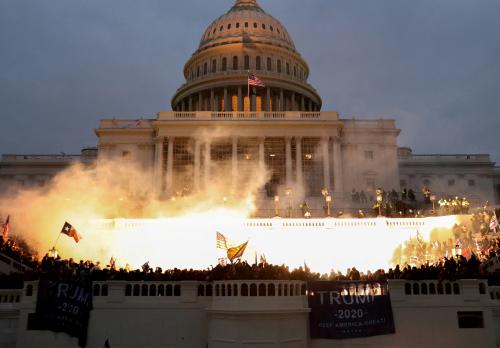
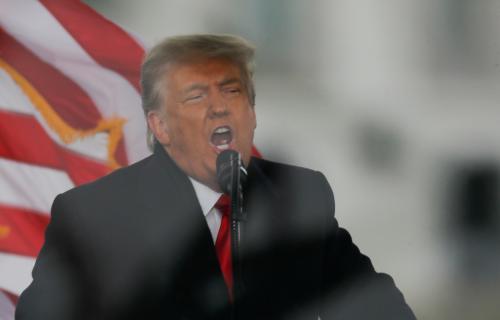
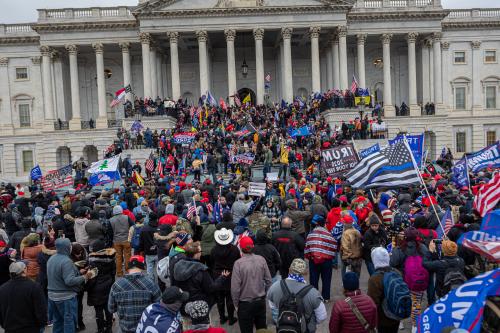
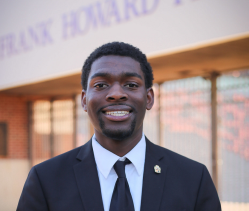

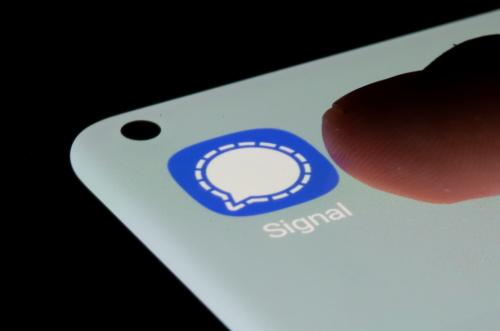


Commentary
What security lessons did we learn from the Capitol insurrection?
The need for a bipartisan commission
March 10, 2021